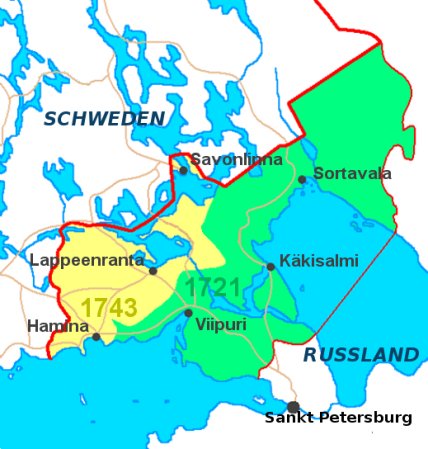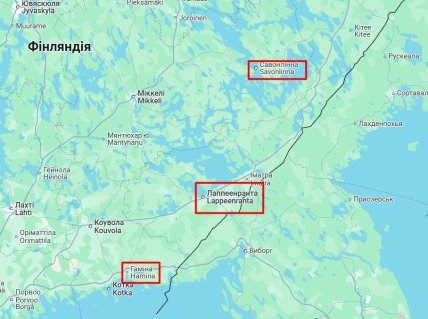Russia aims to claim part of Finland, according to NATO insights on Putin's intentions.
Russia is practicing scenarios for an attack on Finland and other countries on NATO's eastern flank. This is supposedly aimed at creating a "buffer zone."
This information comes from Iltalehti, citing its sources within NATO. The publication notes that in this case, Moscow would aim to seize part of Finnish territory in accordance with the borders established by the Treaty of Turku (also known as the Treaty of Åbo) from 1743.
"Russian perspectives on security reflect a desire for strategic depth and efforts to establish a unified buffer zone in Europe, spanning from the Arctic region through the Baltic and Black Seas to the Mediterranean," the article states.
NATO believes that Russian strikes will also be targeted at Helsinki; however, the primary focus will still be on the Baltic countries.
It is also noted that Vladimir Putin has openly stated that his ideal is the Russian Empire of the 18th century, and sources from the publication indicate that these words should be taken literally. Therefore, the southeastern part of Finland is also at risk of occupation.
"NATO must understand that the attack will be hybrid. Both military forces from North Korea and militants from a hypothetical Hezbollah, controlled by Iran, could be involved if the West does not disrupt the relationships between the Russian Federation and other autocracies," responded Andrei Kovalenko, head of the Center for Counteracting Disinformation at the National Security and Defense Council.
During the Russo-Swedish War of 1741-1743, Empress Elizabeth's main goal was to place a relative of Peter III on the Swedish throne. Since the Swedes eventually agreed, Moscow only captured a small "piece" of Finland rather than the entire territory, as initially threatened.


As previously reported, the Baltic countries have changed their approach to defending against a potential Russian invasion. Whereas they once planned to allow invaders onto their territory and then destroy them in cooperation with NATO forces, the example of Ukraine has shown that this is not the best option.